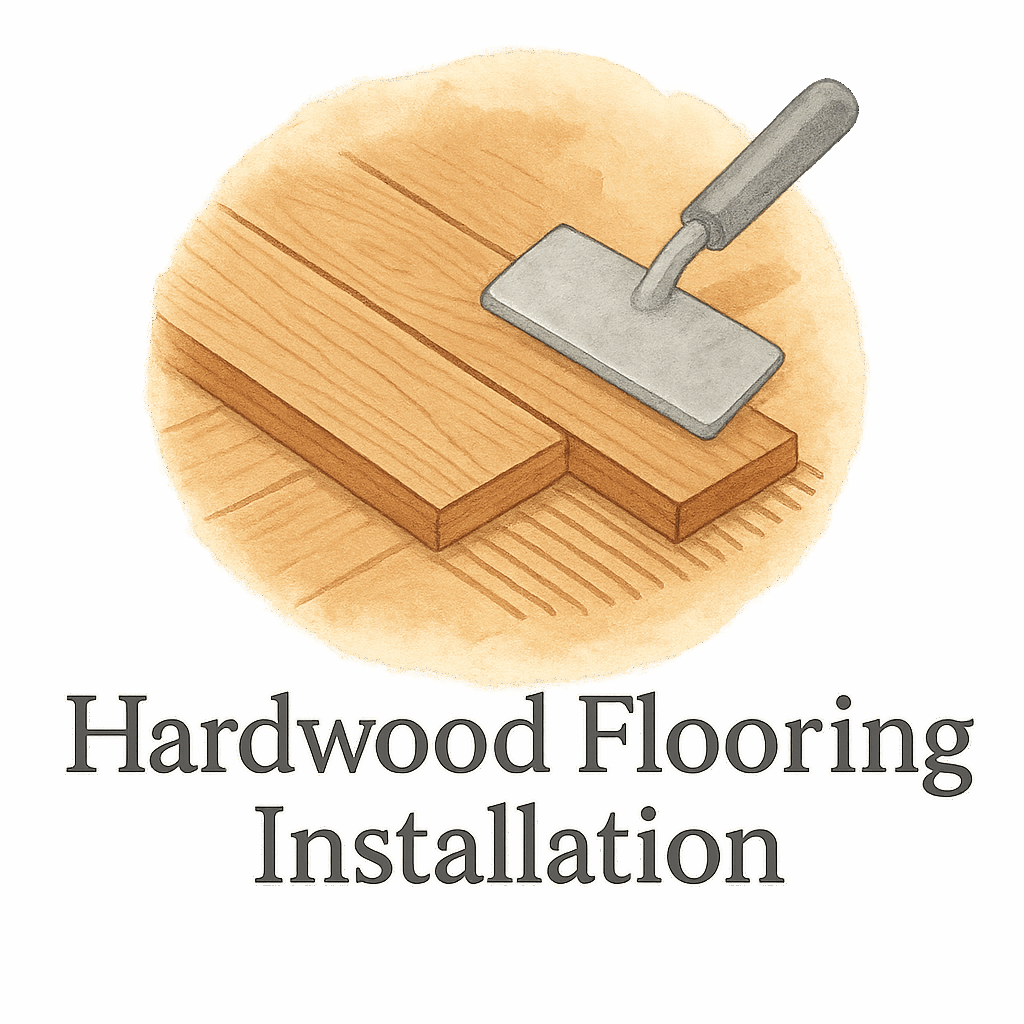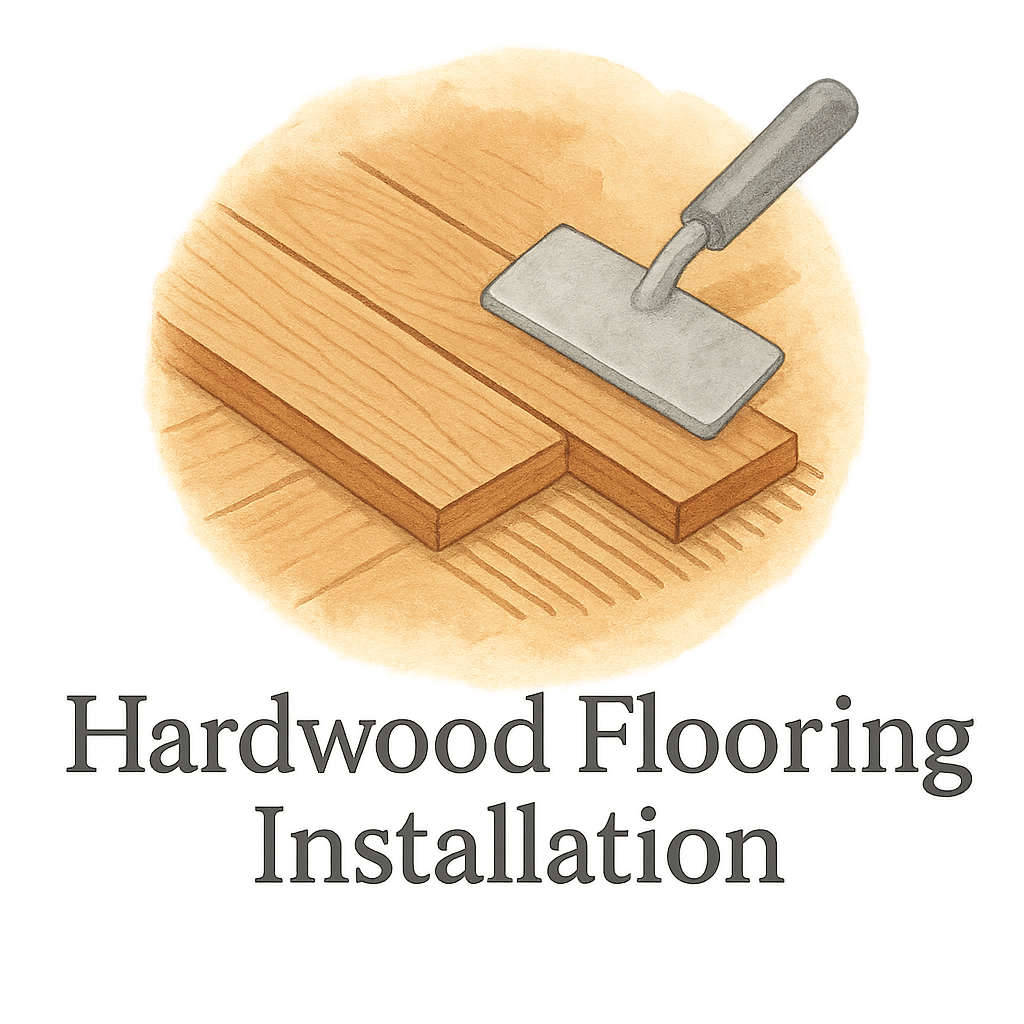If you’re about to take on a hardwood flooring installation project, you’re probably buzzing with excitement — and maybe a tiny bit of anxiety. Don’t worry. The secret to a smooth DIY experience lies in one simple rule: use the right tools. Having the right gear not only saves you time but also prevents costly mistakes that could wreck your beautiful new floor.
Let’s dive into the essential tools every DIYer must have for a successful hardwood flooring installation. We’ll also include insider tips, some helpful bonus gear, and even a few things to avoid.
Why Having the Right Tools Matters
Imagine trying to bake a cake without a measuring cup. You’d end up with a floury mess instead of a fluffy dessert. The same logic applies here. Installing hardwood flooring without the right tools can lead to:
- Crooked boards
- Squeaky spots
- Gaps or buckling
- Premature wear
And trust me, you don’t want that after investing time and money into your floors.
Choosing Tools Based on Flooring Type
Before we get into the tools, it’s important to know the type of hardwood you’re working with — solid or engineered.
Solid Hardwood vs. Engineered Hardwood
Solid hardwood is milled from a single piece of wood and is thicker, typically ¾ inch. Engineered hardwood has a plywood base with a hardwood veneer. Both have their perks, but they may require slightly different tools or installation techniques.
For more information on prep work for either option, visit the Flooring Preparation Guide.
Prepping Before You Start
Preparation is more than just sweeping the subfloor. It’s about ensuring your space is truly installation-ready.
Don’t Skip Subfloor Preparation
Check for moisture and make sure your subfloor is level. Use a moisture meter to test — it’s one of the 9 essential tools we’ll cover.
Get the full guide to DIY flooring installation prep here.
Layout Planning Is Key
Before you even open a box of planks, plan your layout. Consider traffic patterns, focal points, and natural light. You’ll avoid weird end cuts and awkward layouts.
Also, explore best practices for layout planning.
The Top 9 Must-Have Tools
Let’s get to the heart of this article — the tools you really can’t do without.
1. Tape Measure
You’ll use it constantly — from checking room dimensions to calculating plank lengths. A 25-foot retractable one with clear markings is perfect.
This tool plays a key role in flooring cost and time estimation.
2. Chalk Line
A chalk line helps you snap a perfectly straight line across the floor to guide your first row. If you mess up the first row, every row after that will be off.
Pro tip: Use contrasting chalk colors on light vs. dark woods.
3. Flooring Nailer or Stapler
For nail-down installations, this tool is the MVP. A pneumatic flooring nailer speeds up the job and ensures strong, consistent fastening.
Want to know if your wood type suits nailing vs. glue-down? Check the Flooring Installation Guide.

4. Rubber Mallet
You’ll need a soft rubber mallet to tap boards into place without damaging the wood. It’s crucial when aligning planks snugly.
Browse the best tools under our DIY tag.
5. Pry Bar
When pulling up baseboards or adjusting boards, a pry bar is a must. Make sure it’s flat and sturdy.
Also handy for those last tight rows near walls.
6. Flooring Spacers
Hardwood expands and contracts with the seasons, so spacers help maintain expansion gaps around the perimeter of the room. Don’t forget these little heroes.
For more tips like this, explore the flooring mistakes tag.
7. Table Saw or Miter Saw
You’ll need clean cuts at the ends of boards. A miter saw gives you precise angles, while a table saw is better for rip cuts. Use both if you can.
Don’t skimp on blades — dull blades chip boards.
Explore our flooring tools and materials section for tool comparisons.
8. Moisture Meter
This small tool saves big headaches. Test subfloor and plank moisture before you install. Too much moisture can cause cupping, buckling, or warping.
Check out our guide to flooring damage to see why this tool matters so much.
9. Knee Pads
Trust us — your knees will thank you. Hours on the floor without support is brutal. A good pair of padded knee pads makes all the difference.
Bonus Tools That Make Life Easier
While not essentials, these bonus tools will definitely make your DIY project smoother.
Oscillating Multi-Tool
Perfect for undercutting door jambs so your flooring fits underneath. It’s also great for trimming planks in tight spaces.
Underlayment Knife
If you’re laying underlayment, a dedicated knife helps slice clean edges fast. It’s a small but mighty helper.
Visit our underlayment section for installation tips.
Where to Get the Best Flooring Tools
Whether you’re renting or buying, make sure your tools are in top condition. Some local hardware stores offer rentals for high-end tools like nailers and saws. Online retailers also offer highly rated flooring tool kits.
Mistakes to Avoid During Installation
- Not acclimating the wood before installation
- Forgetting moisture checks
- Skipping underlayment
- Installing too tight to walls (no expansion gap)
- Using incorrect fasteners
See more installation tips and mistakes here.
How to Maintain Your Tools After the Job
Clean your tools after every use. Store blades dry, oil your nailer, and pack everything neatly. This saves you money in the long run.
Check out our section on flooring maintenance and repair — it’s not just for floors!
Wrapping It Up
Installing hardwood floors yourself is totally doable — if you’re equipped with the right tools. The 9 essential tools we’ve listed can make the difference between a flawless finish and a frustrating mess.
Take the time to plan, measure, and prep, and don’t forget to check out our resources like:
You’ve got this!
FAQs
1. Can I install hardwood floors without a flooring nailer?
Yes, but it’s harder. A flooring nailer speeds up installation and gives better results for nail-down floors.
2. What’s the best saw for hardwood flooring installation?
A combination of a miter saw for angled cuts and a table saw for long rip cuts works best.
3. How do I know if my subfloor is ready?
Use a moisture meter and a level. Any moisture or uneven spots can cause future issues.
4. Can I reuse tools for other flooring types?
Absolutely. Most tools are versatile and work with laminate, vinyl, and engineered hardwood.
5. How do I clean tools after installation?
Wipe them down, remove any adhesive residue, and store them dry. Oil moving parts like pneumatic nailers.
6. Do I need underlayment for hardwood flooring?
It depends on the subfloor and the type of hardwood. Check this underlayment tag for guidance.
7. What’s the most common mistake DIYers make?
Not leaving an expansion gap around the edges. It leads to buckling and floor damage.


